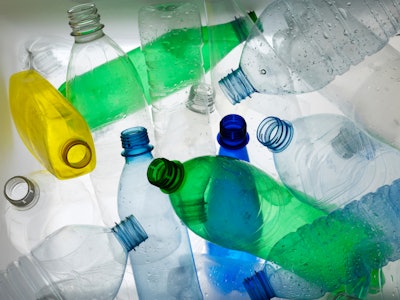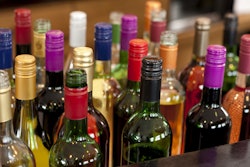
A new study has determined that six major categories of plastic packaging help to significantly reduce energy use and greenhouse gas emissions compared to packaging alternatives made with other materials. The study, “Impact of Plastics Packaging on Life Cycle Energy Consumption & Greenhouse Gas Emissions in the United States and Canada,” provides a transparent, detailed assessment that quantifies the energy and climate benefits of using various types of everyday plastic packaging compared to alternatives.
Prepared by Franklin Associates for the American Chemistry Council (ACC) and the Canadian Plastics Industry Association, the study assessed the energy requirements and greenhouse gas emissions of six general categories of plastic packaging produced and sold in the U.S. and Canada. These include caps and closures, beverage containers, other rigid containers, carrier (or shopping) bags, stretch/shrink wrap, and other flexible packaging.
“We all know that plastic packaging plays a critical role in protecting and preserving everything from groceries to high-end electronics. This study demonstrates that plastic packaging also makes a significant contribution to sustainability by dramatically reducing energy use and lowering greenhouse gas emissions,” says Steve Russell, vice president of ACC’s Plastics Division.
Study authors used life-cycle assessment (LCA) methodology to compare current amounts of various plastic packaging products to packaging made with alternative materials. The assessment found that for the baseline year 2010, replacing all plastic packaging with non-plastic alternatives for these six types of packaging in the U.S. would:
• Require 4.5 times as much packaging material by weight, increasing the amount of packaging used in the U.S. by nearly 55 million tons (110 billion lb)
• Increase energy use by 80%—equivalent to the energy from 91 oil supertankers
• Result in 130% more global warming potential—equivalent to adding 15.7 million more cars to our roads
Similar calculations are available for the Canadian market.
"The ‘Four Rs’—reduce, reuse, recycle, and recover—are so important for understanding, measuring, and improving sustainability,” continues Russell. “This study shows the enormous benefits that reducing or optimizing a package design at the beginning of the process can have throughout its entire life cycle.
“In addition, America’s plastics makers are working to enhance plastics’ environmental performance after use by increasing recycling and recovery while supporting efforts to prevent litter.”
The comprehensive study contains more than 50 tables and 16 charts and illustrations, and it examines each of the major life-cycle stages for packaging: raw material production, packaging fabrication, distribution transport, post-consumer disposal, and recycling.
This study measures energy use and GHG emissions and is not an ISO 14044 life-cycle assessment.
























